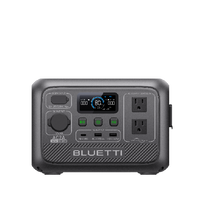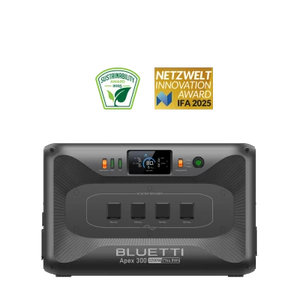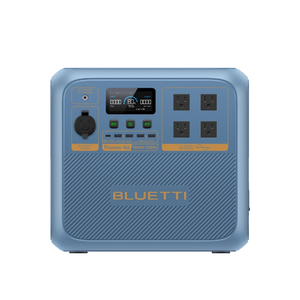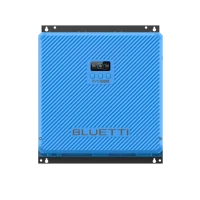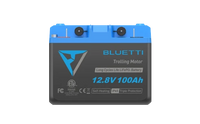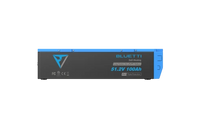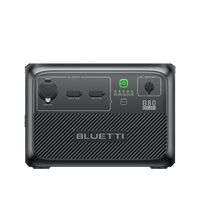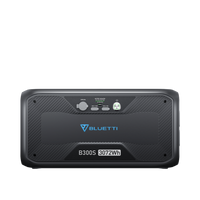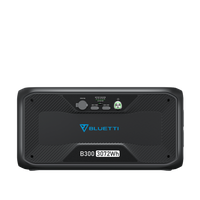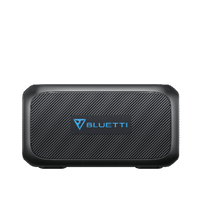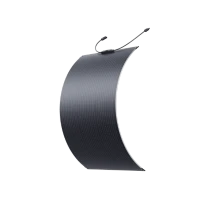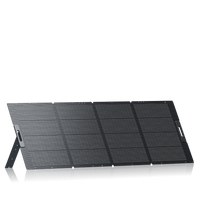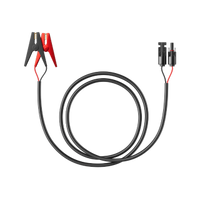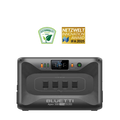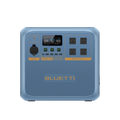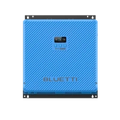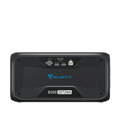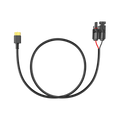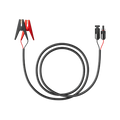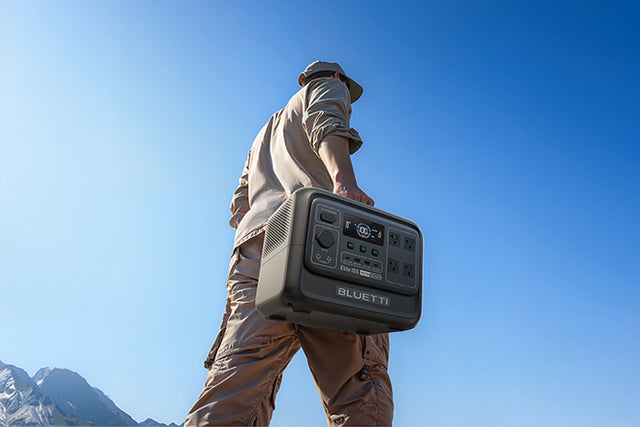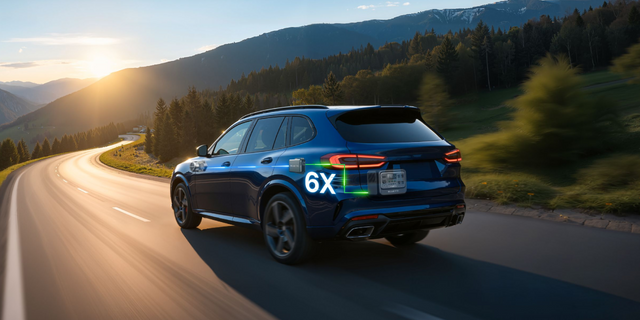Your cart is empty
Shop our products
In 2022, it is expected that over 46.1 gigawatts (GW) of new utility-scale solar electric generating capacity will added to the U.S. power grid.
From a utility perspective, this is great news, but what does this means for consumers like you and I?
With market growth comes new and improved technology, of which can be seen in the solar panel products currently available.
10 years ago the main solar panel type you could buy commercially was polycrystalline panels. Today there are two new types of solar panels for you to consider.
In this article we take a look at the different types of solar panels and why you should consider each one.
Know Your Solar Panel Type: An Overview Of The 3 Main Types
Monocrystalline

More often than not, when you see a home equipped with black solar panels, what you are likely looking at, are monocrystalline solar panels.
Monocrystalline is also known in short as mono c-Si or mono-Si. It is in fact the base material for silicon-based discrete components and integrated circuits.
However, the material is now more commonly known due to its role in serving as a light-absorbing material in the manufacture of solar cells.
Polycrystalline

Polycrystalline solar panels are also known as multicrystalline silicon, polysilicon and poly-Si. These types of panels often come in shades of blue.
When looking at blue solar panels you may notice a metal flake effect. This is because polysilicon panels consist of small crystals.
Thin Film
Thin-film cells are made of super-thin layers of semiconductors. These layers are applied onto a glass or stainless steel substrate, only 0.3 to 2 microns thick (i.e., 2/100,00ths of an inch).
In some cases, thin film solar panels are best mounted to objects that have curvature. For example, these types of panels are very popular with boat owners as more often than not they are capable of bending.
Solar Panel Type by Performance
Highest performance: Monocrystalline
Monocrystalline solar panels tend to range between 17% to 24% efficiency. In 2022, it is most common to see residential homes equipped with this type of panel due to the higher efficiency ratings.
The reason these types of panels are the most efficient is thanks to their manufacturing process.
On top of their really high efficiency ratings, you will often find that this type of panel also has the highest capacity ratings. Therefore you will often find monocrystalline panels with capacity ratings of over 400 watts.
Mid-tier performance: Polycrystalline
Polycrystalline solar panels tend to have efficiency ratings of between 14% to 17%. Unlike monocrystalline panels, polycrystalline solar panels are manufactured with multiple silicon cells.
Lower efficiency tends to mean lower capacities as well so you are unlikely to find polycrystalline panels rated at above 300 watts.
Lowest performance: Thin film
Coming in at the bottom are thin film solar panels, these types of panels tend to have efficiency ratings of between 10% to 13%.
This is why you are very unlikely to see residential homes equipped with thin film panels. In order to meet your energy demands, you would need to install more of these panels. This tends to be quite hard on a roof with limited space.
Solar Panel Type by Cost
Highest cost
Coming out on top once again is the monocrystalline solar panel. These types of panels cost the most and like their high efficiency, this is thanks to their manufacturing process.
On average you can expect monocrystalline panels to cost between $1 to $1.5 per watt. This means if you install a 10,000 watt solar system you could expect to pay between $10,000 to $15,000.
Mid-tier cost
Coming in at middle place once again is polycrystalline solar panels. Same as mono panels this is thanks to their manufacturing process.
Polycrystalline solar panels cost between $0.90 and $1 per watt. This means if you install a 10,000 watt solar system you could expect to pay between $9,000 to $10,000.
Lowest cost
Thin film solar panels are generally the cheapest type of solar panel you can buy on the market today. This is due to them being easier/cheaper to install and require less equipment.
Thin film solar panels generally cost between $0.50 to $1 per watt. Therefore, if you were to install a 10,000 watt solar system you could expect to pay between $5,000 to $10,000.
What to Consider When Choosing Types of Solar Panels
The most important thing for you to consider before choosing any one of these different types of panels is you intended application.
You need to understand what you plan to use your solar panels for and what your rough overall budget is.
If you have a mid to high tier budget and are looking to install solar panels on your home, then considering monocrystalline panels is your best bet.
This is because they are the most efficient, last the longest and will likely give you the quickest return on investment.
If you have a slightly lower budget and your application remains the same, then it may be worth considering polycrystalline solar panels for your home. This will greatly reduce your overall capital requirements.
If you own a boat for example and don't require large amounts of electricity, then going with flexible thin film solar panels definitely makes the most sense.
Final Thoughts
We hope after reading this article you have a better understanding of the different types of panels available to you.
We recommend doing your research before buying any type of panel in order to insure the best bang for your buck.
With that being said, if you are looking for portable solar panels, then we would encourage you to take a look at our portable monocrystalline solar panel collection here.
Shop products from this article
Be the First to Know
You May Also Like

What Does a 30% Federal Solar Tax Credit Mean and How to Apply?
Governments around the world are offering programs that encourage homeowners to switch to solar energy. Among the most notable programs is the 30% Federal Solar Tax Credit. It reduces your...

Deadly Flooding Devastates U.S. South and Midwest — What You Need to Know





